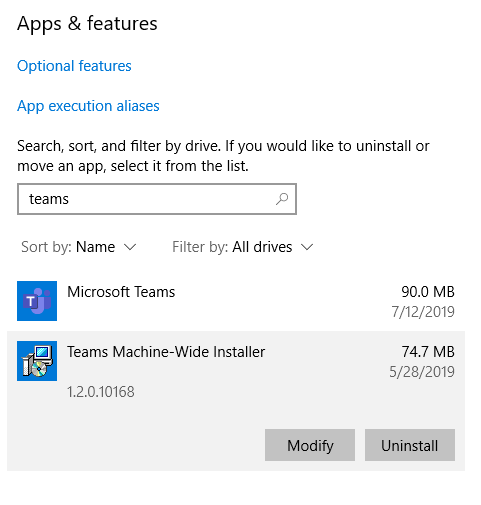

- #UNINSTALL OS X SERVER MAC OS#
- #UNINSTALL OS X SERVER INSTALL#
- #UNINSTALL OS X SERVER CODE#
- #UNINSTALL OS X SERVER TV#
#UNINSTALL OS X SERVER INSTALL#
pip install virtualenvĪll of the necessary files will be downloaded and Virtualenv will be installed automatically, nice and easy! Create virtual environment Then simply type the following command to install Virtualenv. Install Virtualenvįirst we need to goto the application > utilities folder and open up a Terminal window. It is very easy to use and we will cover the installation and setup of our Home Assistant virtual environment step-by-step. Virtualenv is the tool required to create a virtual environment for a Python program. The relevant Python program and all of the necessary packages are bundled together in one neat little package called a virtual environment. Our program can then use the correct local version of each package rather than referencing the global site-packages directory. In order to solve this problem, we can install a Python program and all of the necessary packages locally.

This can however cause a problem if different versions of the same package are required for different applications. These are stored globally in a directory called site-packages.
#UNINSTALL OS X SERVER CODE#
There are many packages available that Python developers can use in their applications, which give various functionality without having to re-write the same code over and over again. Python is a programming language that can be used to develop apps for all different kinds of platforms.

What on earth is Virtualenv? To understand this we need to understand what Python is.
#UNINSTALL OS X SERVER TV#
This is exactly what I have done with an old 2009 MacBook Pro, now running headless in the TV cabinet as the “TekHouse” Home Assistant server! What is Virtualenv? If you have an old Mac that you wish to recycle, you can give it a second life as a Home Assistant server! A machine almost a decade old will still compete with the latest Raspberry Pi and can double up as a network hard drive. However there is one superb reason to install Home Assistant on Mac! I have had several old MacBook Pro’s lying around since forever, which do not have enough value to bother listing on eBay but that have too much sentimental value to dispose of. The most common weapon of choice is to use a Raspberry Pi.

In general Home Assistant is meant to be a server-based application, meaning it runs on a remote computer hidden away in your home and is accessed remotely via a web browser or the companion app. If not then simply download the installer and follow the installation instructions.Īside from wanting to have a play with Home Assistant on your local machine, why would you want to install Home Assistant on your Mac? If the version 3.x.x is returned then you already have it. If you are unsure, goto the applications > utilities folder and open the Terminal app. You will also need to have Python 3 installed on your system, you can download and install it from the Python website. At the time of writing I am running Mojave so I would recommend that you have this as a minimum to avoid and issues. You will of course need a Mac running its native OS X operating system. But fear not! You need not be a Terminal-ninja. I am not going to lie… we will be using terminal. In this tutorial we will walk through the process of installing Home Assistant. Therefore I felt that there was some space on the web for a Mac-centric Home Assistant installation guide. It became apparent to me that a combination of the numerous installation methods and lack of complete information meant that the process of installing Home Assistant on Mac would be frustrating, even for those who are technically adept.
#UNINSTALL OS X SERVER MAC OS#
Frustrated trying to install Home Assistant on Mac OS X? Looking for a complete step-by-step installation guide that simplifies the process? Look no further!


 0 kommentar(er)
0 kommentar(er)
